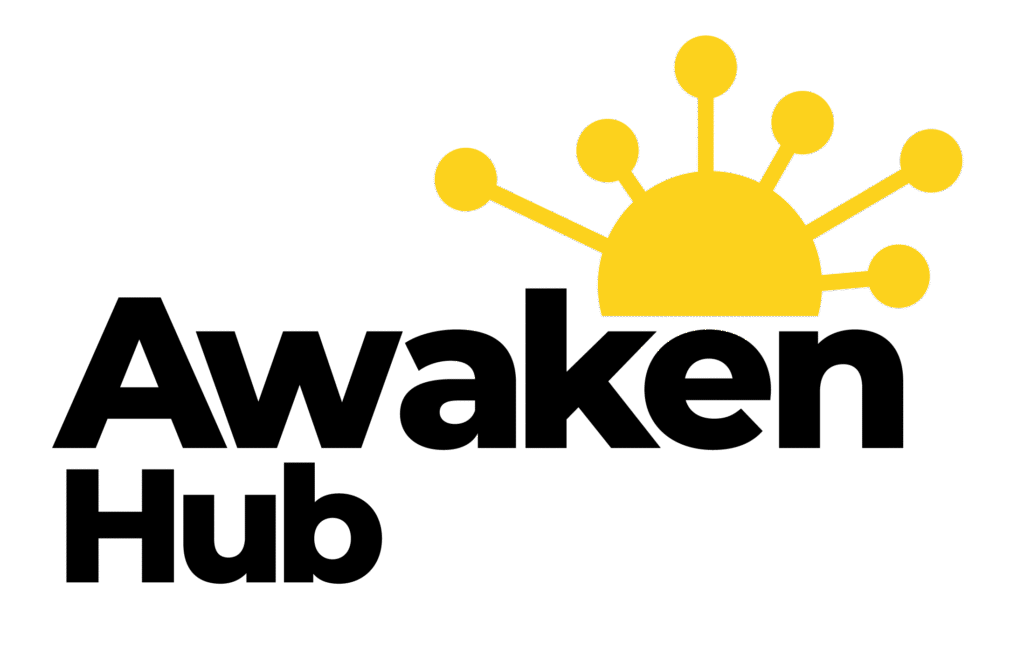Maximising Website Performance: A Comprehensive Web Audit
In the digital age, where information is just a click away, the performance of your website plays a pivotal role…
In the digital age, where information is just a click away, the performance of your website plays a pivotal role in determining its success. You may not realise it, but the speed and efficiency of your site can significantly influence user engagement and retention. As you navigate the online landscape, understanding the nuances of website performance becomes essential.
It’s not merely about having a visually appealing site; it’s about ensuring that your visitors have a seamless experience from the moment they land on your page. Website performance encompasses various elements, including loading times, responsiveness, and overall user experience. In Ireland, where internet connectivity is robust and users are increasingly discerning, the expectations for website performance are high.
You must consider how your site performs on different devices and networks, as this can greatly affect your audience’s perception of your brand. By prioritising website performance, you can enhance user satisfaction and ultimately drive conversions.
Summary
- Website performance is crucial for user experience and search engine rankings.
- A comprehensive web audit helps identify areas for improvement in website performance.
- Assessing website speed and loading times is essential for retaining visitors.
- Optimising website content and design can significantly improve performance.
- Regular monitoring and maintenance are necessary to ensure consistent website performance.
Understanding the Importance of Website Performance
The significance of website performance cannot be overstated. When you think about it, a slow-loading website can lead to frustration and abandonment. Research indicates that users are likely to leave a site if it takes more than three seconds to load.
In a competitive market like Ireland, where numerous businesses vie for attention, you cannot afford to lose potential customers due to poor performance. Your website is often the first point of contact with your audience, and making a positive impression is crucial. Moreover, search engines like Google consider website performance as a ranking factor.
This means that if your site is sluggish, it may not appear prominently in search results, limiting your visibility. By optimising your website’s performance, you not only enhance user experience but also improve your chances of ranking higher in search engine results pages. This dual benefit underscores the importance of prioritising website performance in your digital strategy.
Conducting a Comprehensive Web Audit

To truly understand how your website is performing, conducting a comprehensive web audit is essential. This process involves evaluating various aspects of your site, from technical elements to content quality. You should start by assessing the current state of your website, identifying any issues that may be hindering its performance.
Tools such as Google PageSpeed Insights or GTmetrix can provide valuable insights into loading times and other critical metrics. During the audit, pay attention to both front-end and back-end elements. Front-end factors include images, scripts, and stylesheets that affect how quickly your site loads for users.
On the other hand, back-end elements involve server response times and database queries that can impact overall performance. By thoroughly analysing these components, you can pinpoint areas for improvement and develop a strategic plan to enhance your website’s performance.
Assessing Website Speed and Loading Times
| Metrics | Values |
|---|---|
| Page Load Time | 2.5 seconds |
| Time to First Byte (TTFB) | 0.8 seconds |
| Number of Requests | 25 |
| Page Size | 1.5 MB |
One of the most critical aspects of website performance is speed. As you assess your site’s speed and loading times, consider how these factors affect user behaviour. A fast-loading website not only keeps users engaged but also encourages them to explore further.
Conversely, if your site takes too long to load, visitors are likely to abandon it in favour of a competitor’s faster option. To evaluate your website’s speed effectively, you should conduct tests at different times of day and on various devices. This will give you a comprehensive understanding of how your site performs under different conditions.
Additionally, consider the geographical location of your audience in Ireland; loading times may vary based on their proximity to your server. By gathering this data, you can make informed decisions about necessary improvements to enhance speed and loading times.
Optimising Website Content and Design
Once you’ve assessed your website’s speed and loading times, the next step is to optimise both content and design. You may not realise it, but heavy images or poorly coded scripts can significantly slow down your site. By compressing images and minifying CSS and JavaScript files, you can reduce load times without sacrificing quality.
Additionally, consider implementing lazy loading for images so that they only load when they come into the user’s viewport. Design also plays a crucial role in website performance. A cluttered layout can confuse users and lead to longer loading times.
Strive for a clean, intuitive design that enhances usability while maintaining aesthetic appeal. In Ireland’s competitive online market, a well-optimised site can set you apart from others who may overlook these essential elements.
Evaluating User Experience and Navigation

User experience (UX) is at the heart of website performance. As you evaluate UX and navigation on your site, consider how easily users can find what they are looking for. A well-structured navigation menu is vital for guiding visitors through your content seamlessly.
If users struggle to locate information or encounter broken links, they are likely to leave in frustration. Incorporating user feedback can also provide valuable insights into their experience on your site. Consider conducting surveys or usability tests to gather opinions on navigation and overall satisfaction.
By understanding how users interact with your site, you can make informed adjustments that enhance their experience and encourage them to return.
Implementing Technical Improvements for Website Performance
Technical improvements are essential for optimising website performance effectively. You should consider upgrading your hosting plan if you notice that server response times are slow during peak traffic periods. A reliable hosting provider can significantly impact your site’s speed and uptime.
Additionally, implementing caching mechanisms can greatly enhance performance by storing frequently accessed data for quicker retrieval. Content Delivery Networks (CDNs) are another excellent option for improving load times by distributing content across multiple servers worldwide. This ensures that users in Ireland or elsewhere can access your site quickly, regardless of their location.
Monitoring and Maintaining Website Performance
Once you’ve implemented improvements to enhance website performance, ongoing monitoring is crucial to ensure sustained success. Regularly check key metrics such as loading times, bounce rates, and user engagement levels to identify any potential issues before they escalate. Tools like Google Analytics can provide valuable insights into user behaviour and help you track the effectiveness of your optimisation efforts.
Moreover, maintaining website performance requires staying updated with the latest trends and technologies in web development. As user expectations evolve, so too should your approach to website performance. By committing to continuous improvement and monitoring, you can ensure that your site remains competitive in Ireland’s dynamic digital landscape.
In conclusion, prioritising website performance is essential for success in today’s online environment. By understanding its importance, conducting thorough audits, optimising content and design, evaluating user experience, implementing technical improvements, and maintaining ongoing monitoring efforts, you can create a high-performing website that meets the needs of your audience in Ireland and beyond.
FAQs
What is a web audit?
A web audit is a comprehensive analysis of a website’s performance, functionality, and overall effectiveness. It involves evaluating various aspects such as SEO, user experience, content quality, and technical performance.
Why is a web audit important?
A web audit is important as it helps identify areas for improvement and optimization on a website. It can uncover issues that may be hindering the site’s performance and provide insights for enhancing user experience and search engine visibility.
What are the key components of a web audit?
Key components of a web audit include SEO analysis, website performance assessment, content quality evaluation, user experience testing, mobile responsiveness check, and security assessment.
How often should a web audit be conducted?
It is recommended to conduct a web audit at least once a year to ensure that the website is up to date with the latest best practices and to address any emerging issues.
Who should perform a web audit?
A web audit can be performed by in-house web developers, digital marketing teams, or external agencies specializing in website analysis and optimization.
What are the benefits of a web audit?
The benefits of a web audit include improved website performance, enhanced user experience, increased search engine visibility, better conversion rates, and overall improved online presence.











